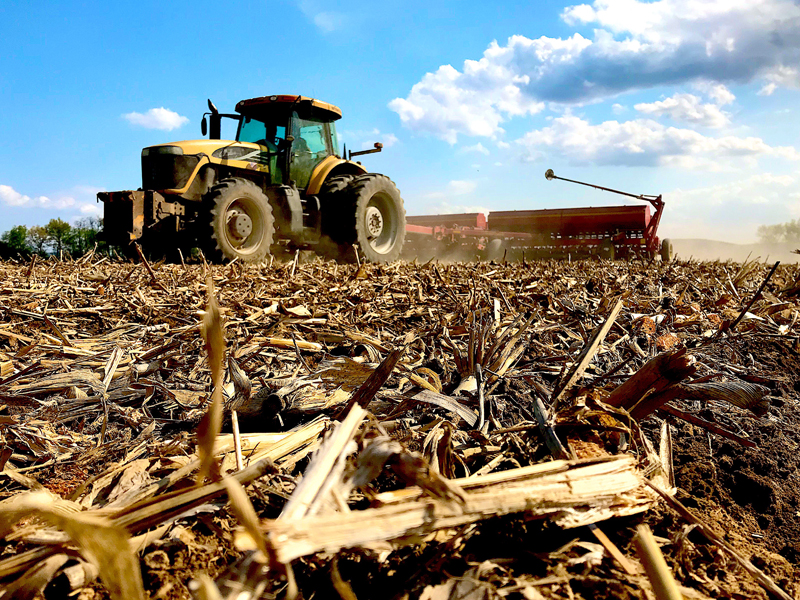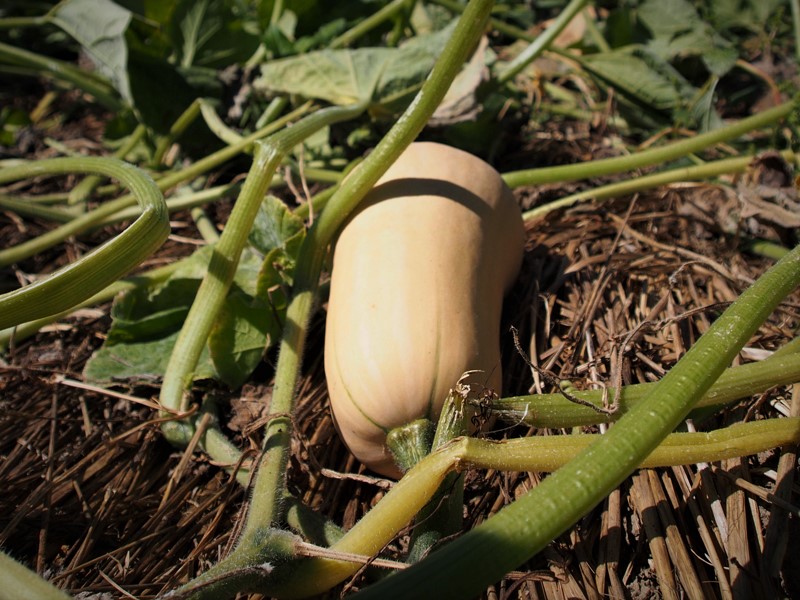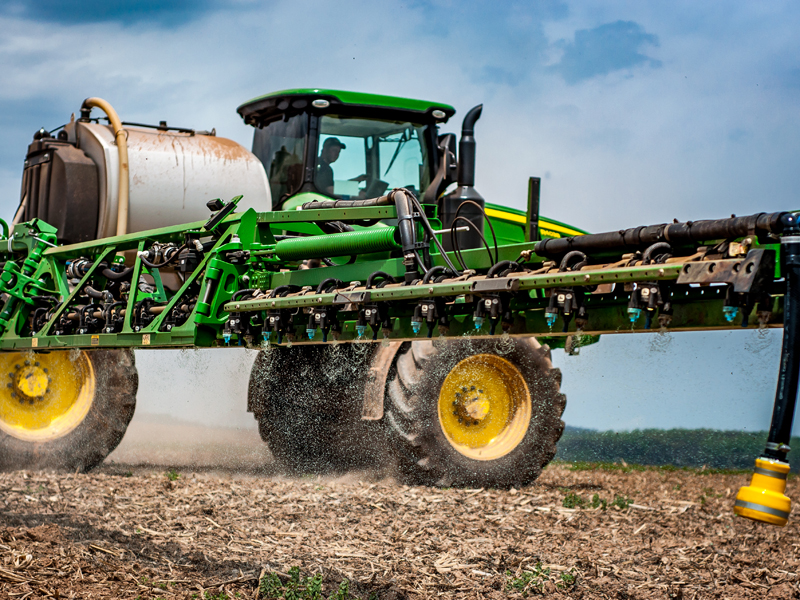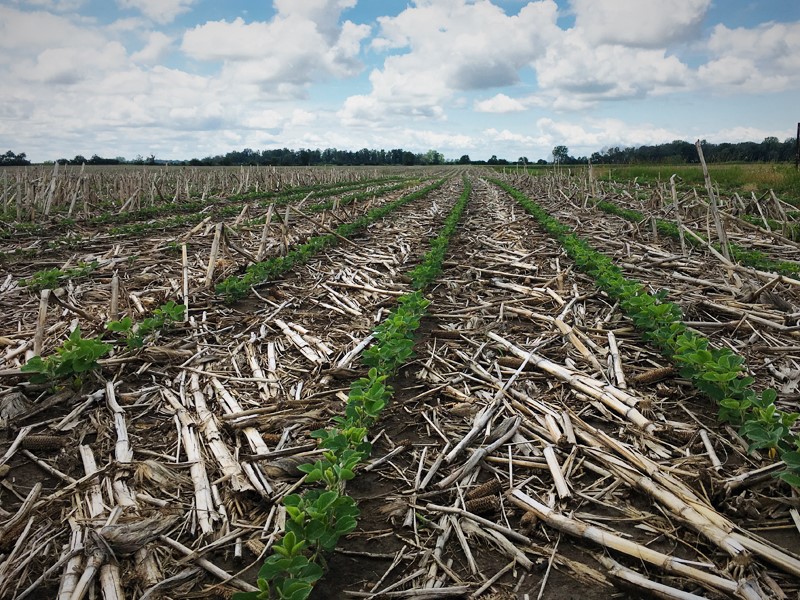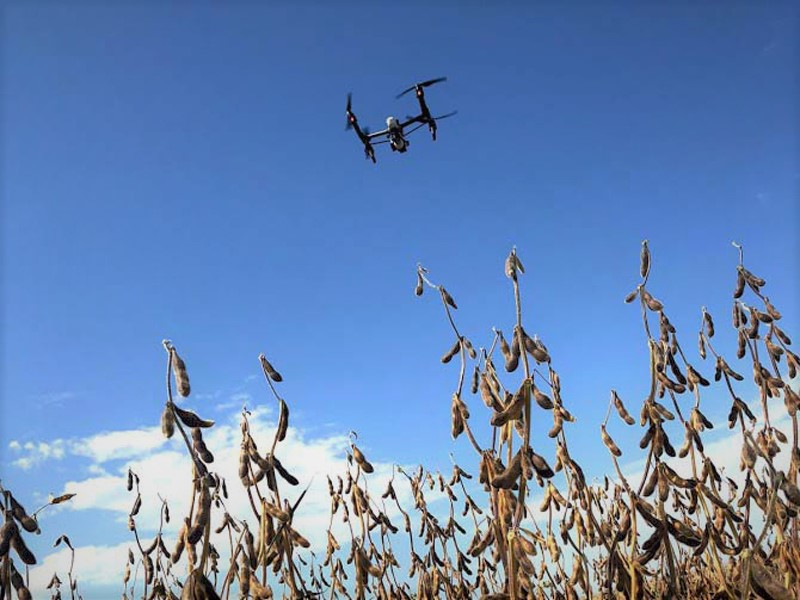
Environmental Impacts
Agronomy and the environment
Feeding the world is hard work. In order to create enough food to feed the world’s growing population, agronomists have determined best practices throughout the past century. And, as with any science, best practices improve with better information over time. Sustainable agronomy can lead us into a future where feeding the world is balanced with protecting, preserving, and even regenerating our farmland.
In the past, changing farming practices focused on increasing yield to meet growing demands. In some cases, crop yields have doubled. But some of these practices have also had negative environmental impacts. Some of the adverse effects include:
- Degraded soil and water resources
- Elevated greenhouse gas levels
- Loss of ecosystem services
- Altered biogeochemical cycles
Recent advances in agronomy offer the promise of a more environmentally-sustainable agricultural system. Adoption of these key agronomic practices can reduce the unintended consequences of modern agriculture on the environment.
Cover crops
Cash crops are those that the grower grows and intends to sell (or feed animals for sale). In contrast, cover crops are typically grown in alternate seasons from cash crops. Recent research has shown that planting into cover crops can also be a good farming technique.
Cover crops offer several benefits:
- Protecting soil from both wind and water erosion
- Improving biodiversity of the soil and farm system
- Reducing competition from weeds
- Recovering nitrogen in the soil
- Controlling pests and diseases
Many research studies show that cover crops can also hold onto nitrogen and increase yield. Cover crops also help increase the soil’s organic matter—the helpful decay of plant material. This encourages soil microbial life and enhances nutrient cycling within the soil. One of the biggest environmental benefits of planting cover crops is that it reduces runoff of sediments, nutrients, and agricultural chemicals.
Principles of the “4Rs”
Have you ever heard the saying, “They were just at the right place at the right time”? The nutrient management practice in agriculture called “4R” is based on that same idea. 4R nutrient management helps the environment, the grower, and yields. It stands for
- Right nutrient application rates
- Right application methods
- Right application timing
- Right nutrient source
Two farms are seldom the same. The principles of 4R suggest that each farm, and sometimes each section of a farm, might have its own management plan. Technology (more below) is helping growers determine more information about their fields, quicker. It allows them to give specific doses of fertilizer based on each section of the field. This can save the grower time and money and be better for the environment.
Adoption of no-till/zero tillage
Centuries ago, growers started tilling their land. This became more effective over the last few decades as farm equipment was developed. Tilling helps with weed control and loosens the soil by inverting and mixing the soil layers. It also controls soil-borne pests and captures moisture from rain. However, research has found that with herbicides to control weeds, limited tilling can be a better practice on many farms. Minimally-disturbed soil can be healthier and more productive than tilled soil. This, of course, will depend on the crop grown, the soil type, and how hilly or flat the land is.
No-till is a system of farming with zero or minimal disturbance to the soil. But another option is strip-till. In this type of system, growers only till a small area, several inches wide—just enough to help with seed planting.
Low or no-till practices help reduce soil erosion. It also builds soil by increasing the amount of carbon (in the form of organic matter) in the soil. This is called carbon sequestration. More soil organic matter can improve soil health by holding more moisture and plant nutrients, as well as attracting and feeding beneficial insects, microbes, and other life in the soil.
Another benefit to less tilling is the reduced use of fossil fuels. The equipment needed for tilling uses petroleum products like oil and gas, contributing to air and water pollution. It could also contribute to global warming.
Adoption of new technology
Adoption of robotics and automation technology has the potential to reduce environmental impacts. Drones can “scout” the fields in ways impossible for human labor. In just an hour, a drone might collect as much information as an entire day of a grower’s scouting. Autonomous tractors can be programmed to deliver the right nutrient following the 4R practices. Robotic arms, satellite information systems, field sensors, artificial intelligence, and data analytics offer the potential for a more efficient and productive agricultural system.

